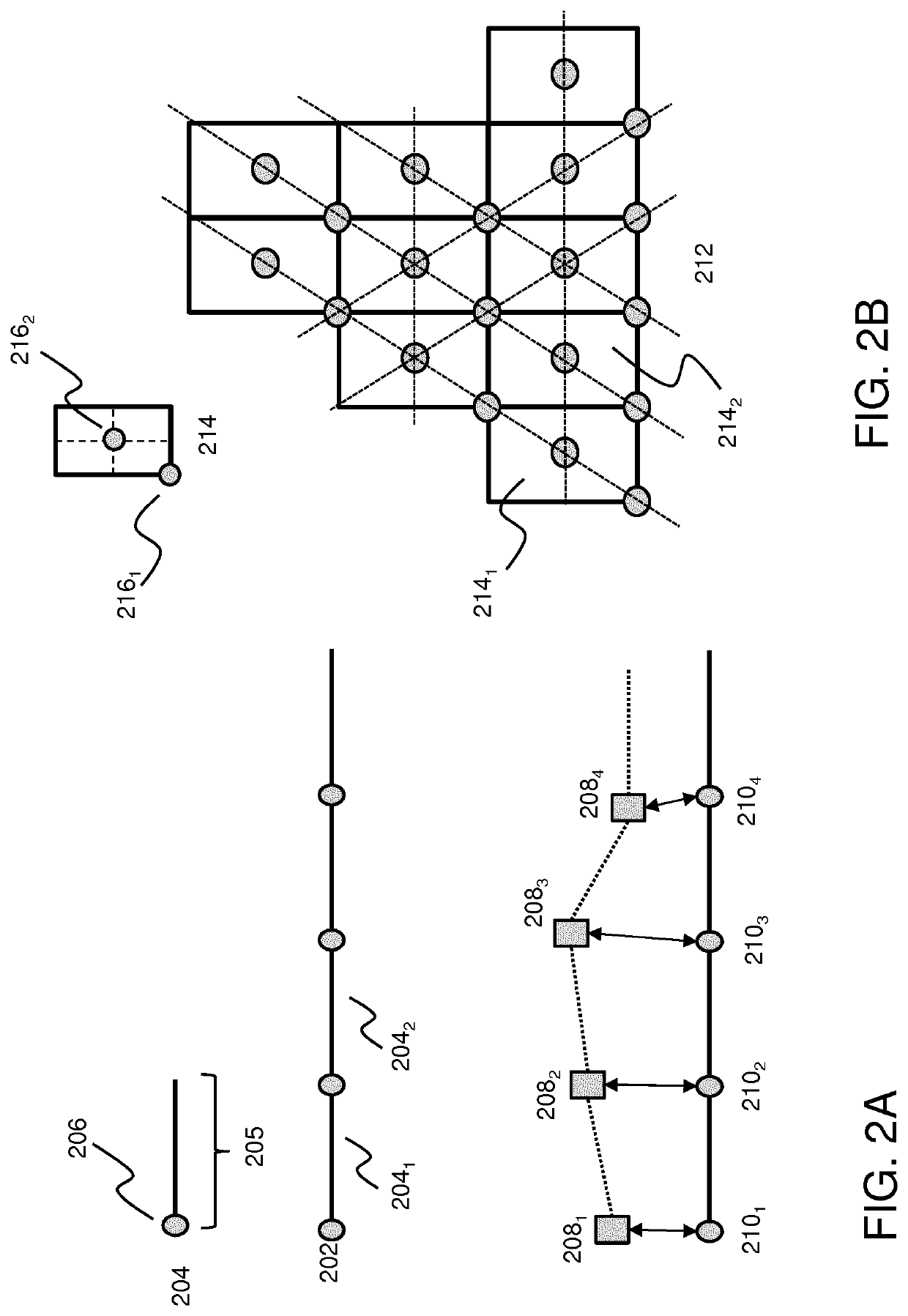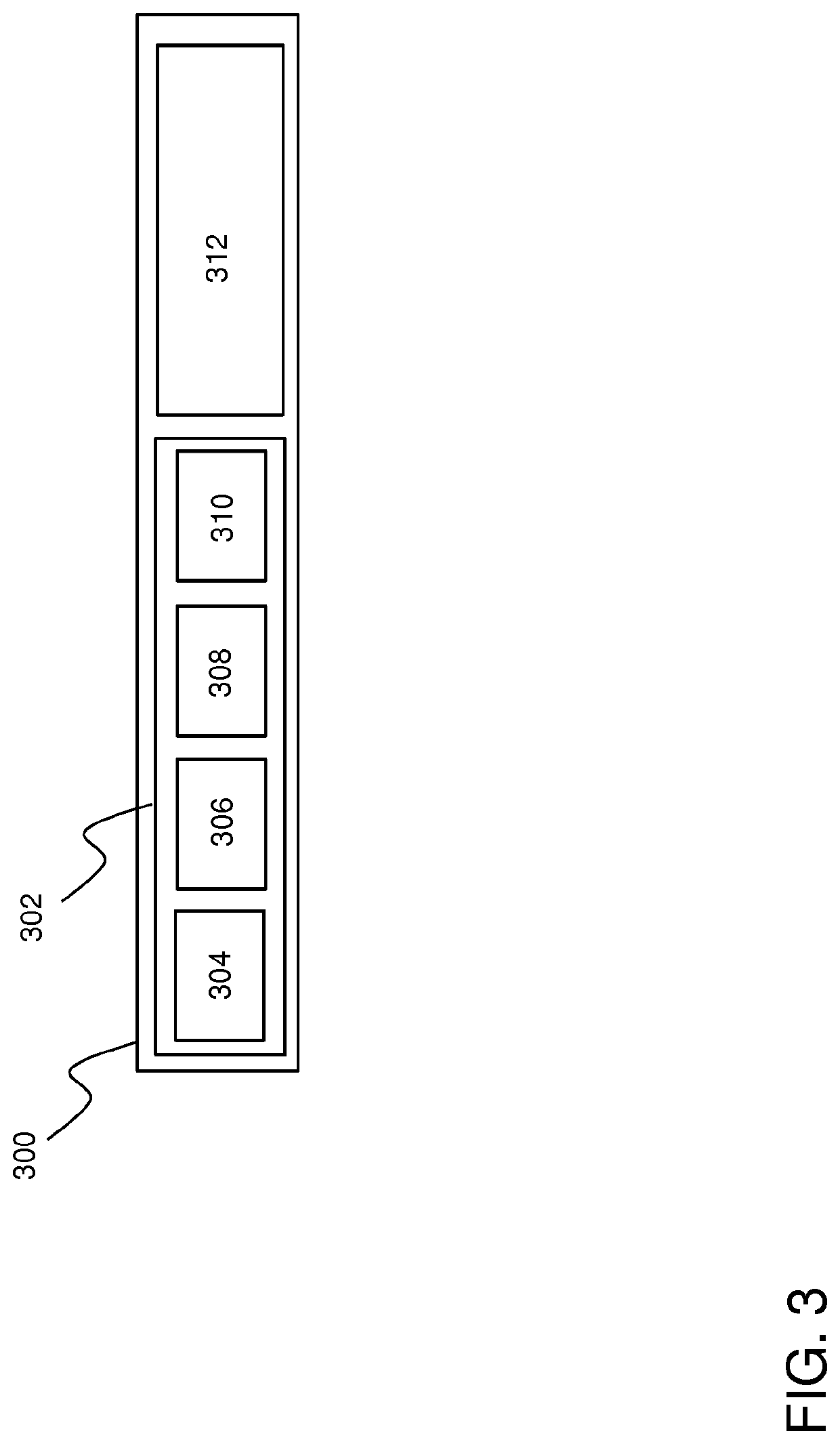Position-based broadcast protocol and time slot schedule for a wireless mesh network
a wireless mesh network and broadcast protocol technology, applied in the field of wireless mesh network broadcast protocol, can solve the problems of inability to reach the destination of messages, inability to update tables every time, and inability to reduce the number of possible paths, so as to reduce the amount of possible paths, avoid collisions, and reduce the effect of time-consuming
- Summary
- Abstract
- Description
- Claims
- Application Information
AI Technical Summary
Benefits of technology
Problems solved by technology
Method used
Image
Examples
Embodiment Construction
[0047]In this disclosure a broadcast protocol for mesh networks of wireless nodes is described wherein the (relative and / or absolute) positions of the nodes in the network are fixed and known to all, or at least a substantial part of the nodes in the mesh network. Here, a static network refers to a network wherein the position of a node may fixed in the sense that the coordinates of the nodes do not change on the level of the characteristic timescales of communication between the nodes (e.g. the length of a slotted (TDMA) time frame used by the nodes). The network layout of a static network may be changed or re-configured (e.g. by adding nodes to the network or removing nodes from the network), but during the operation of the network the nodes know the grid (the network topology) and their position inside the grid.
[0048]FIGS. 1A and 1B depict a schematic of mesh network 100 and a wireless node 101 for use in such network respectively according to an embodiment of the invention. The ...
PUM
 Login to View More
Login to View More Abstract
Description
Claims
Application Information
 Login to View More
Login to View More - R&D
- Intellectual Property
- Life Sciences
- Materials
- Tech Scout
- Unparalleled Data Quality
- Higher Quality Content
- 60% Fewer Hallucinations
Browse by: Latest US Patents, China's latest patents, Technical Efficacy Thesaurus, Application Domain, Technology Topic, Popular Technical Reports.
© 2025 PatSnap. All rights reserved.Legal|Privacy policy|Modern Slavery Act Transparency Statement|Sitemap|About US| Contact US: help@patsnap.com



